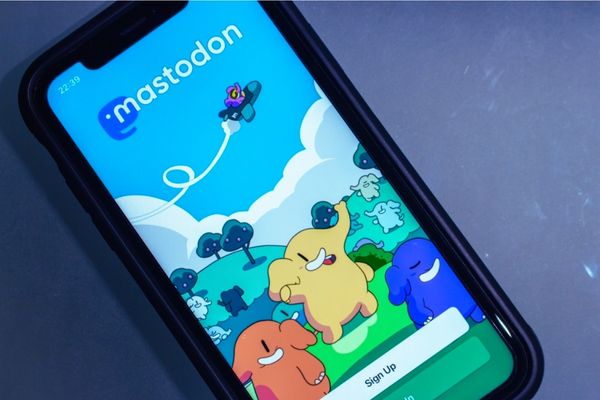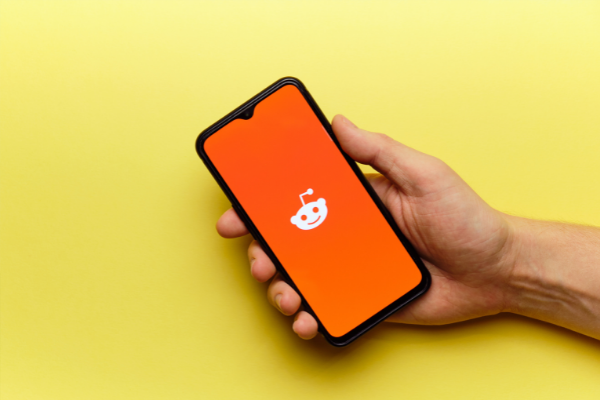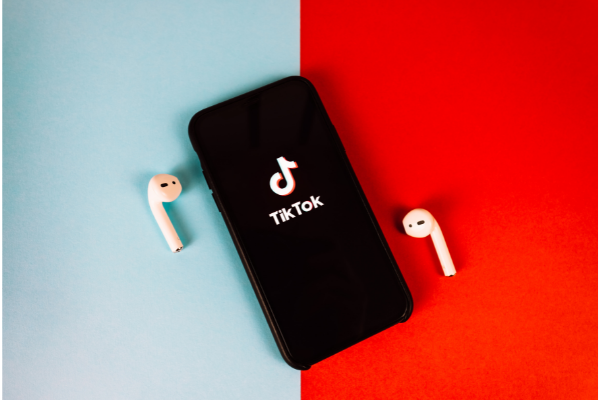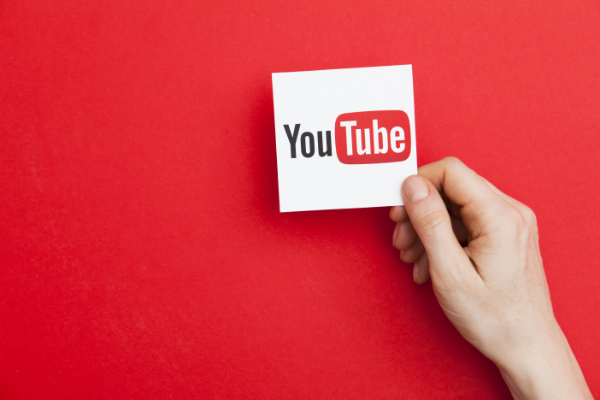Insights
INSIGHTS
All Topics
Social media for charities 101: Pinterest
30 Oct 2022by kirsty marrins
You have viewed all of your 1 articles as an unregistered user
To continue reading this article please register.
For unlimited access to our free content, please register.
kirsty marrins
More on this topic
Related Content
Recommended Products
Related Videos
21 Mar 2025by Christine Chiu
How to make the most of a conference
07 Mar 2025by Laura Stanley
Marketing trends for charities in 2025
25 Feb 2025by Joe Lepper
How charities support young carers
Our Events
Charity Digital Academy
Our courses aim, in just three hours, to enhance soft skills and hard skills, boost your knowledge of finance and artificial intelligence, and supercharge your digital capabilities. Check out some of the incredible options by clicking here.



























